The Big Spring Clean
Well it’s that time again – the start of a new season! The sun is shining, the water is calling and we need to dust off our kit. But what’s still safe to use and what needs replacing? Here are a few things to consider…
Wetsuit
The more you use a wetsuit, the more it will stretch, especially the high performance styles and you’ll notice over time that your suit stops keeping you as warm. For those getting good use out of their suit (maybe three times a week) you may find you’ll want to replace it every year or two, but those using them less could expect to get three to four years out of one. Rinse your suit after using it and don’t leave it in the sun to help prolong its life.
Drysuit
Provided you take good care of your drysuit, there’s no reason why it couldn’t last you 15 or even 20 years. They tend to be a little more expensive than wetsuits, but last much longer. You might have to fix a few seals, but this is one bit of kit that you’ll get years out of.
Wetsuit Boots
Depending how often you use them (and how heavy footed you are) wetsuit boots can last years. Between 300 and 500 dives is a rough estimate but provided they haven’t split and there is no noticeable damage, these should be fine.
Don’t have a pair? Protect your feet with these: 2017-crewsaver-phase-neoprene-zipped-wetsuit-boot-6914-p-10565.html
Life Jacket
While there are different styles of lifejackets, most of them will be affected over time. Inflatable buoyancy aids use carbon dioxide canisters that have very short life spans, typically up to three years. Double check your canisters are still in date before you toss it in your kit bag. They’re cheap and easy to replace – grab one here: 2017-crewsaver-60g-275n-lifejacket-replacment-cylinder-10470-p-550.html
Foam vests don’t necessarily expire but they can age and fail to do their job with too much wear and tear.
Goggles and Snorkels
As long as these are still comfortable and doing their job then they are fine to continue using. Silicone can yellow over time but that doesn’t mean it won’t still work perfectly.
Flares
Typically these last about four years but will be marked with an expiration date. Always check your flares as out of date ones can be dangerous. It’s essential that you dispose of flares safely and do not set them off unless it’s an emergency.
Don’t risk it, always replace flares! 2017-odeo-flare-led-mk3-saf0602-p-17366.html
Sunglasses
A good pair of sunnies can last indefinitely if you take good care of them (and don’t sit on them!) however, if yours are significantly scratched then the chances are they’re not protecting you from the sunlight. Likewise if the frames are bent and they’re not sitting correctly on your nose, they won’t be doing as good a job. Think about binning them and getting a new pair.
These ones float and they're in the sale! 2017-gill-corona-sunglasses-black-red-9666-p-16358.html
Suncream
Did you know that sun cream has a shelf life? If you’ve been chucking the same bottle in your bag holiday after holiday, you need to stop! Check the expiry date on the bottle but if in doubt, give it the boot after 12 months.
Roof Racks
These last a number of years, especially if you buy a decent one. It’s worth carrying out a few checks at the beginning of the season though and reading the manufacturer’s warranty.
Kayaking Helmet
You can’t always see the damage a helmet has suffered, often there could be cracks underneath the plastic. Typically kayaking and kitesurfing helmets are made from soft foam so they can sustain more than the ‘one hit wonder’ helmets used for cycling, but if you’ve had a few hard knocks or noticed any cosmetic change then it’s time to replace it.
This one will protect you in high impact 2017-palm-ap2000-helmet-red-11480-p-17585.html
Windsurfing Kites
If you’re using three different sized kites regularly these should last about five years, but keep in mind you may have to do a little DIY before this time to keep them in good nick.
Published on 30th March 2017 in










































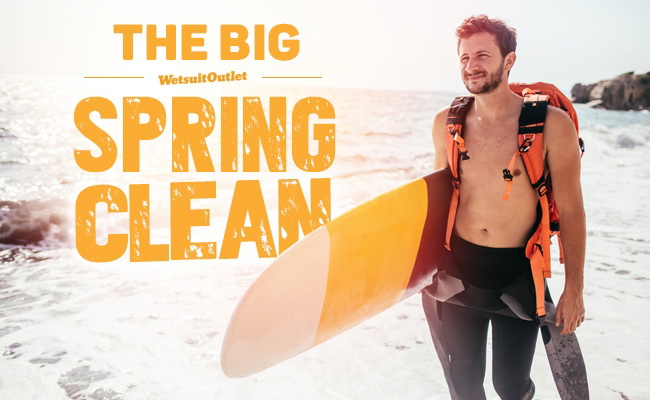


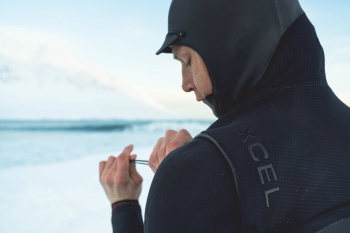
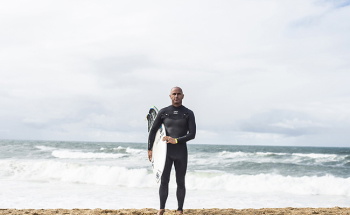
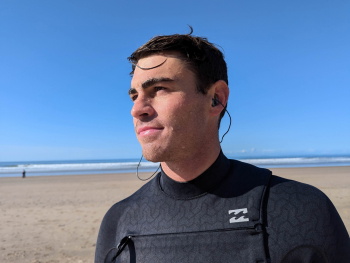

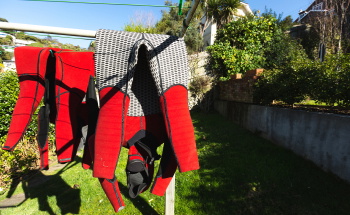
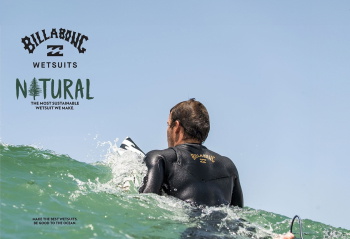

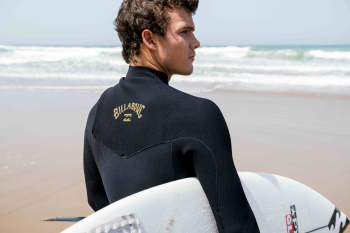


 Visit the US site
Visit the US site  Continuar al ES
Continuar al ES